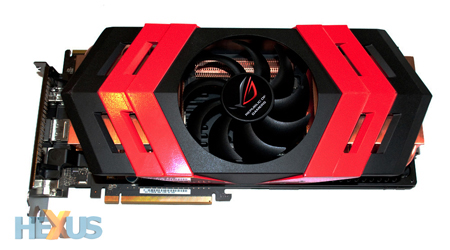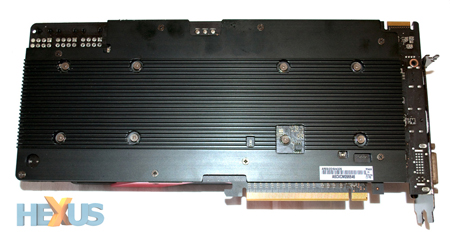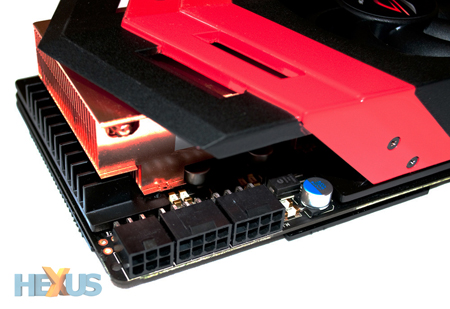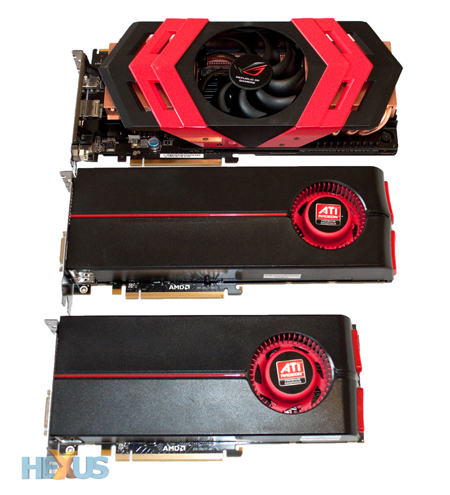ROG ARES up close
Unlike AMD's reference Radeon HD 5970 - which remember features the stream processors, texture units and ROPs of the HD 5870, combined with the lower GPU and memory frequencies of the HD 5850 - ASUS's no-nonsense approach employs two 40nm HD 5870 GPUs running at a stock 850MHz.
Providing a larger-than-usual frame buffer, the 4GB of attached GDDR5 memory comes clocked at an effective 4,800MHz and serves 2GB of memory to each GPU via a dual 256-bit bus.
Factor in 3,200 stream processors, 160 texture units and 64 ROPs, and there's no doubting the power that's on offer. Curiously, however, ASUS's default ARES frequencies are notably slower than that of the cheaper Sapphire alternative; the Radeon HD 5970 TOXIC. ASUS's card is going to need to provide a decent amount of overclocking headroom in order to make sense.
If you're going to name a graphics card after a God of war, you may as well make it look intimidating, too. ASUS has done exactly that.
Equipped with a 100mm axial fan that pushes 119.21cfm at 4,200rpm, ARES promises a 600 per cent increase in airflow over a standard Radeon HD 5970, as well as quieter operation.
Surrounding the fan are massive 99.9 per cent oxygen-free copper heatsinks with eight 8mm heatpipes, creating a lavish cooling system designed to keep two hot-running GPUs in check.
Extending the cooling potential to every facet of the design, the rear of the PCB is also covered by a card-length heatsink.
Oh, and there's a CrossFire link for those of you wanting to link up another ARES for some crazy four-GPU action.
That's the custom ASUS PCB sandwiched between the extravagant cooling solution.
And, whilst the heatsinks look up to the task, they do bring added weight; the ASUS ARES tips the scales at a show-stopping 2,158g. At almost twice the weight of a standard HD 5970, you may want to consider investing in a PowerJack after all.
Feeding power to the GPUs are three power connectors, two eight-pin and one six-pin. Plenty of room to introduce a little added voltage and an early indication of the card's overclocking potential.
Measuring 292mm in length, ARES (top) dwarfs a Radeon HD 5870 (middle) and a Radeon HD 5850 (bottom).
HDMI, DisplayPort and DVI outputs are all on-board, but you'll need to ensure your chassis can accommodate the card and you can pretty much say goodbye to some of your adjacent PCIe slots.















